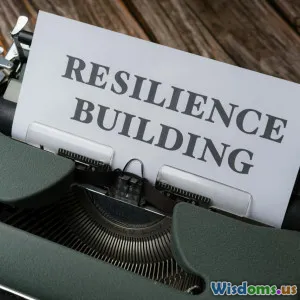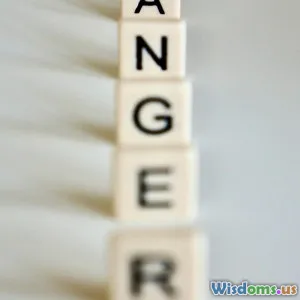
Myths About Resilience That May Be Holding You Back
13 min read Learn the truth about common myths surrounding resilience and how they may hinder personal growth and recovery. (0 Reviews)
Myths About Resilience That May Be Holding You Back
Resilience often gets hailed as the antidote to adversity—a mysterious wellspring that energizes some people to bounce back from setbacks while others falter. Yet, the image of resilience popularized in self-help books and motivational posters hides deeper truths and misconceptions that can unintentionally stifle real growth. Many myths about resilience persist, coloring our expectations, self-judgments, and strategies.
Let's untangle some of the most widespread—and limiting—misconceptions about resilience, and explore more empowering views that can help you develop genuine strength and adaptability.
The Myth: You’re Either Born Resilient or You’re Not

One of the stickiest myths frames resilience as an inherent trait, a kind of psychological DNA coded at birth. If you weren’t raised tough or blessed with “grit genes,” the thinking goes, you’re fated to struggle.
But science tells another story.
While research does show that temperament and genetic factors influence how we react to stress, studies in developmental psychology, such as those by Emmy Werner and Boris Cyrulnik, conclude that resilience is largely shaped by life experiences and environment. Even those with challenges, like childhood adversity, can become incredibly resilient given the right support and circumstances.
Example: Consider J.K. Rowling, who wrote Harry Potter as a single mother struggling economically. She openly credits not innate toughness, but supportive people and purposeful work for helping her persist through hardship.
Actionable insight: Rather than believing you “have it” or you don’t, start viewing resilience as a capacity—one that grows with intentional practice, mentorship, positive feedback, and learning from setbacks.
The Myth: Resilient People Never Break Down

Pop culture frequently depicts resilient individuals as unflappable: They meet every crisis with steady eyes, never letting tears or anxiety show. This myth not only distorts the reality of inner strength but creates a stigma around vulnerability.
The truth? Even the most resilient people face low moments—sometimes spectacular ones.
-
Emotional honesty is a critical ingredient of resilience. Brené Brown’s research emphasizes that open acknowledgment of pain, fear, and sadness doesn’t signal weakness; rather, such vulnerability forms the bedrock of personal recovery and healthy adaptation.
-
Post-traumatic growth theory further underscores that many who eventually display striking resilience first experience deep distress, grief, or even breakdowns. Resilience isn’t the absence of hurt, but the navigation and eventual integration of those experiences.
Real-world note: The late Nelson Mandela spent 27 years in prison. His diaries reveal moments of despair and self-doubt, but these admissions fueled rather than threatened his later strength.
Takeaway: Don’t measure your resilience by how stoic you appear. Giving yourself permission to feel and heal accelerates—not delays—your journey back to equilibrium.
The Myth: Resilient People Must Always Stay Positive

Clichés like “look on the bright side” and “positive vibes only” suggest that optimism is an unwavering state of mind among the resilient. But forced positivity can actually backfire.
-
Toxic positivity can suppress authentic emotions and prevent people from processing real setbacks. As psychologist Susan David explains, denying discomfort ("I'm fine!" when you’re not) breeds not resilience, but avoidance and shallow coping mechanisms.
-
Authentic resilience comes from realistic optimism—the ability to acknowledge problems honestly, embrace complex emotions, and then find meaning or constructive solutions.
Case in point: After experiencing burns over 65% of his body, speaker John O’Leary learned that expressing his honest fears and frustrations sped his physical—and psychological—healing. Pretending to feel positive didn’t help.
Tip: Allow all emotions, positive and negative, their space. Then, practice redirecting focus onto values, solutions, and lessons without denying reality.
The Myth: Resilience Means Doing It Alone
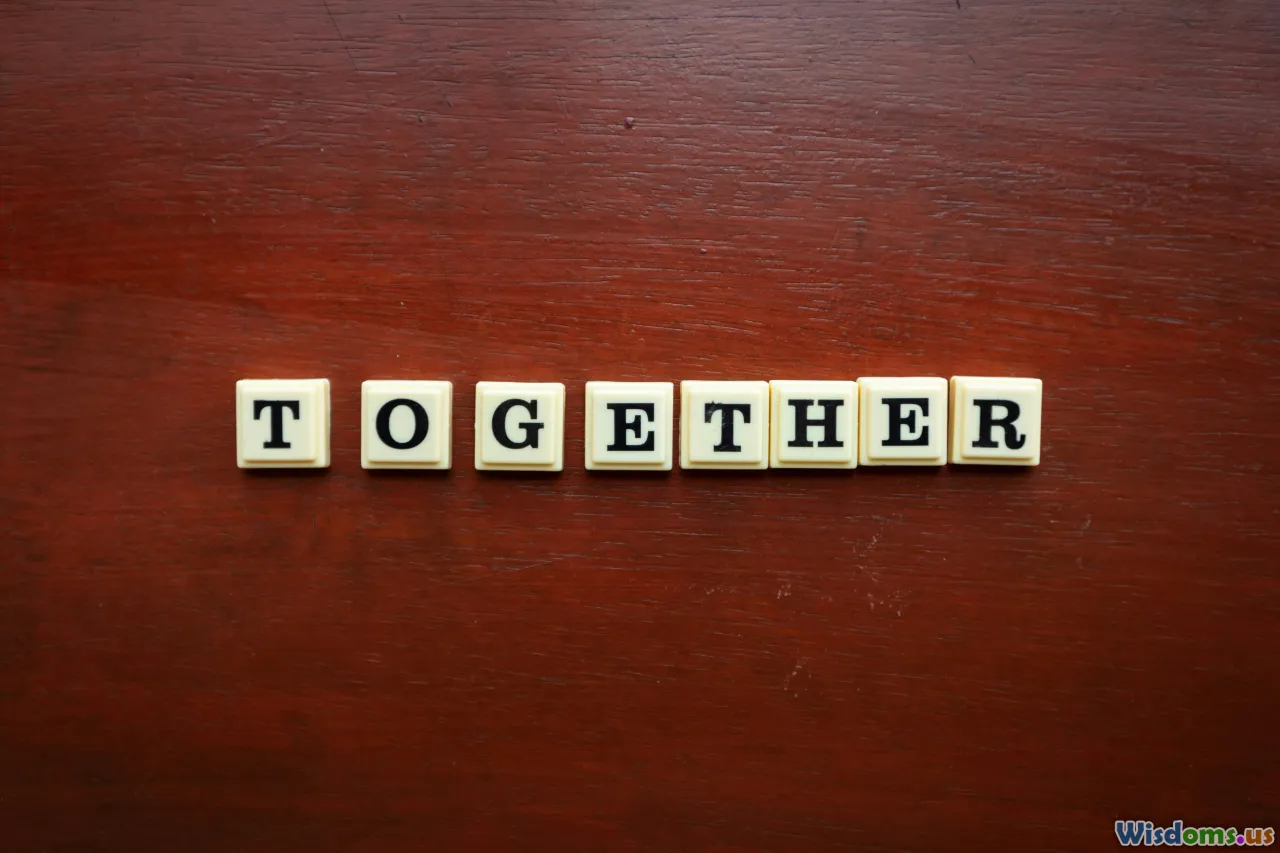
Another widespread misconception presents resilience as a lone endeavor, achieved through sheer willpower. In this narrative, independence is king.
But the data contradicts this ideal.
- Multiple psychological studies (such as Michael Ungar’s work on resilience in youth) show that social support is the single most important predictor of lasting resilience.
- Belonging to families, teams, churches, or online communities can buffer stress and enhance adaptability—even if initial coping fails.
Practical example: When astronauts operate in high-risk environments like the International Space Station, the support of ground control and expertise shared by the entire crew are vital to managing crises. NASA invests heavily not just in technical training but also in “collective resilience.”
Advice: Cultivate your support network, practice asking for (and offering) help, and recognize that your biggest breakthroughs usually emerge within webs of trust and cooperation. Social connection is not a sign of personal weakness—it’s a strategic anchor.
The Myth: Quick Fixes or One-Time Solutions Build Resilience
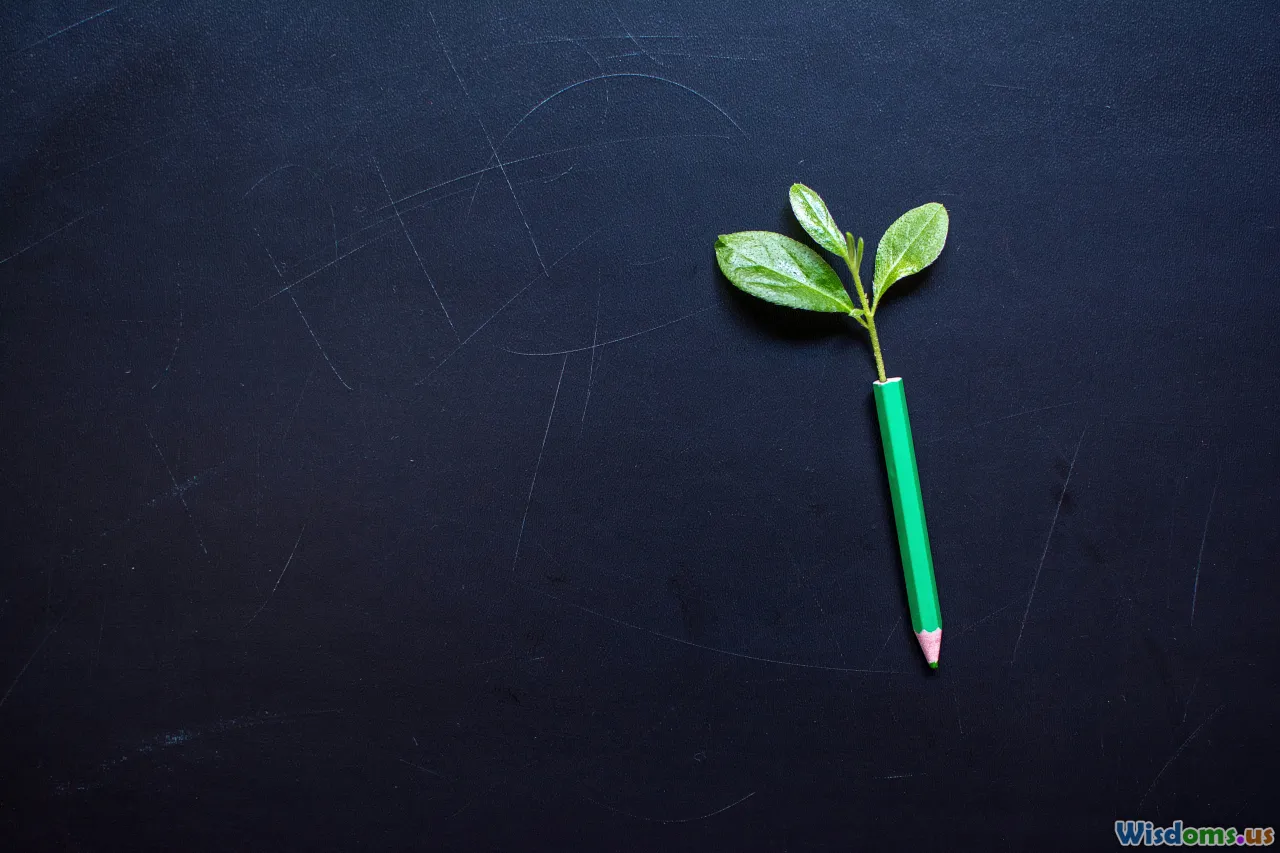
Advertisers and self-help fads often package resilience as a product: Attend a seminar, download a meditation app, recite a set of affirmations—presto, you’re resilient.
Lasting resilience, though, is a dynamic process—not a one-time acquisition.
- Building resilience involves a combination of attitudes (contrasting fixed vs. growth mindsets), consistent self-care, habits, and the willingness to learn and adapt over time.
- Interventions should be ongoing and context-specific; what works for one stressor (say, public speaking) may not translate to another (grief, workplace burnout, chronic illness).
Example: Consider athletes rehabbing from serious injury. Their return to peak performance is seldom linear or quick; it’s refined and retooled through repeated failures, new strategies, and ongoing adjustments.
How-to: Instead of seeking magic-bullet solutions, approach resilience-building as a long game. Experiment with mindfulness, journaling, therapy, physical fitness, and continuous learning to create a toolkit you’ll adapt over your lifetime.
The Myth: Past Failures Disqualify Your Resilience

Some people internalize struggles as evidence that they “just aren’t resilient.” This self-judgment often comes after failed projects, relationship setbacks, or being unable to cope in the way they hoped.
But failing—sometimes repeatedly—doesn’t mean you’re lacking in resilience.
- Failure is inherent in growth. According to Dr. Carol Dweck’s research on growth mindset, setbacks are not proof of inability but stepping stones for new strategies and learning.
- In fact, those who reflect on past errors—without harsh self-criticism—tend to develop greater confidence and future flexibility.
Famous story: Abraham Lincoln failed in business, lost multiple political races, and experienced depressive episodes before becoming the U.S. President. Each setback contributed to his legendary perseverance.
Actionable step: Reframe your setbacks as evidence that you’re engaged with life and learning. Mine your experience for future insight rather than proof of incapability.
The Myth: Anyone Can 'Master Resilience' Without Professional Help

While many aspects of resilience are accessible to self-driven learning, this myth discourages people from seeking professional support or mental health resources. Some even equate asking for help with lack of toughness.
In reality, professional help is often vital to developing resilience, especially in the wake of trauma, ongoing depression, or anxiety.
- Therapists, coaches, and support groups offer evidence-based strategies and objective feedback unavailable through solitary effort.
- Early intervention can quickly redirect coping strategies before destructive habits set in.
Real-world note: In the aftermath of natural disasters, those who engage with mental health professionals report not just faster emotional stabilization, but increased long-term adaptation, according to studies by the American Psychological Association.
Tip: Use professional resources as one tool in your resilience toolbox. There is no loss of dignity in leveraging the expertise and insight others offer; it amplifies—not diminishes—your capacity.
The Myth: Resilience Means Enduring Anything Indefinitely
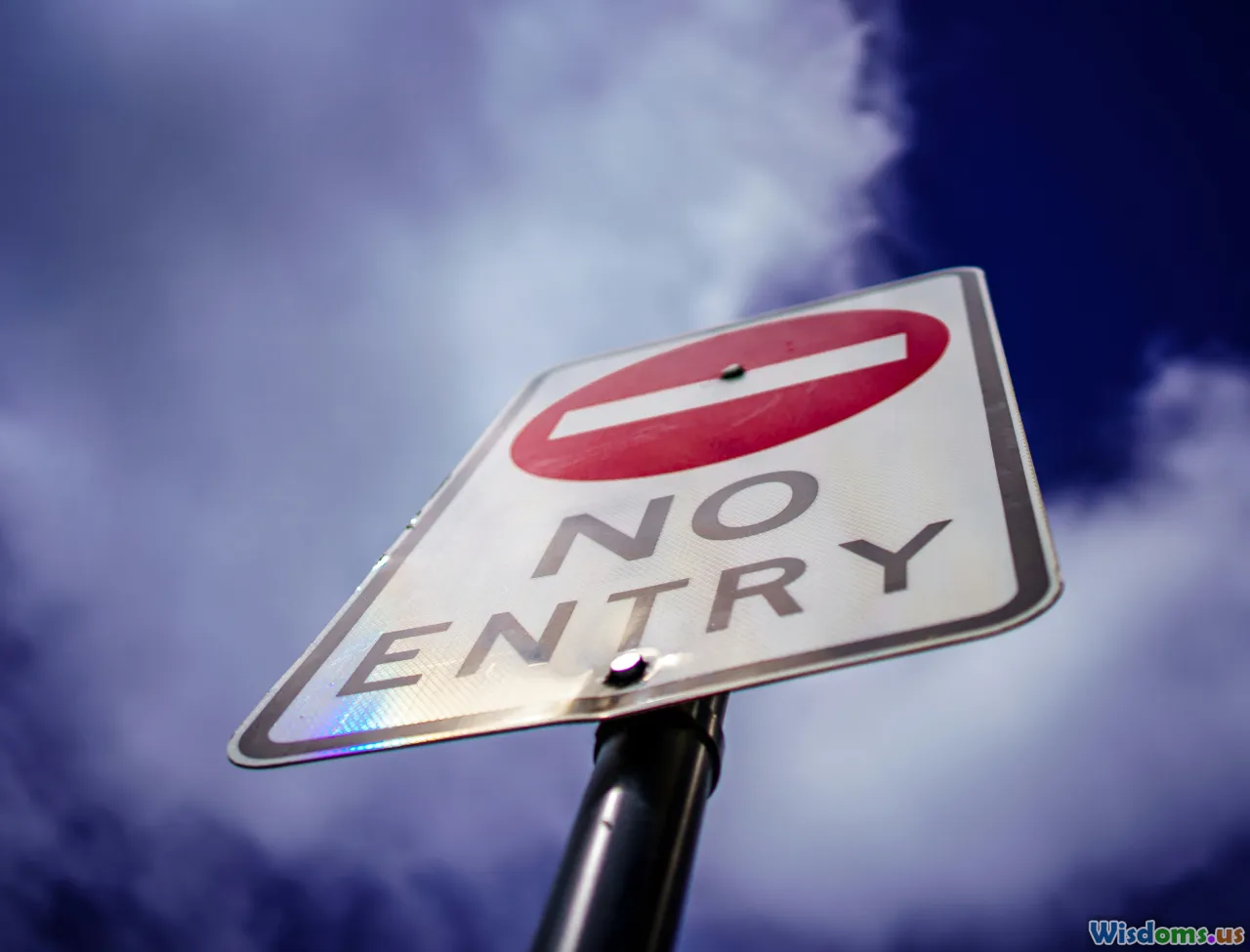
This misconception treats resilience as endless endurance: facing any abuse, injustice, or adversity with permanent forbearance.
But actually, knowing when to not endure is a profound form of resilience.
- Setting boundaries and saying "enough" preserves stamina for battles that matter.
- Overexposure to ongoing toxic environments (like abusive workplaces or unsafe relationships) can cause lasting damage, no matter how strong one’s coping skills.
Example: Simone Biles, the Olympic gymnast, withdrew from finals at the Tokyo 2021 Olympics to protect her mental health—demonstrating that true resilience often means prioritizing self-care over external expectations.
How-to: Regularly reevaluate your commitments and stressors. Recognize that pausing, exiting a harmful situation, or seeking justice is not quitting; it's an act of self-respect and future-proofing your well-being.
Rethinking Resilience for Real Growth

The path to authentic resilience looks nothing like the mythic image of a solo, eternally upbeat hero. It's messier, more relational, built through cycles of stress and healing, successes and setbacks. The gift of demystifying these beliefs is a new latitude to experiment, struggle honestly, and access broader resources—community, tools, support, and self-compassion.
True resilience is dynamic and personal. By letting go of limiting legends and embracing evidence-backed strategies and honest reflection, you unshackle your potential for meaningful adaptation and growth—ready for whatever life unfolds next.
Rate the Post
User Reviews
Other posts in Mental Health
Popular Posts












